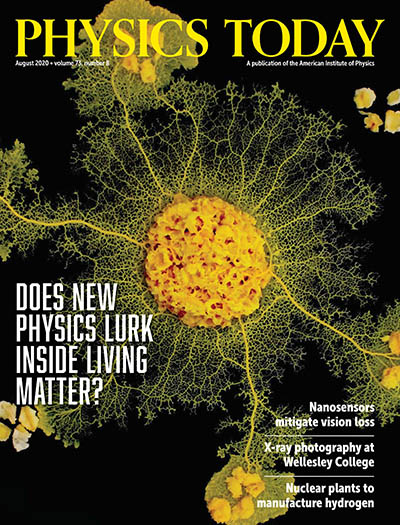Hundreds of physicists and other academics are pledging to forgo business as usual on Wednesday to #Strike4BlackLives. It's a day "to give Black academics a break and to give others an opportunity to reflect on their own complicity in anti-Black racism" particlesforjustice.org
For more information on the strike, along with recommended resources and ways to participate, see the calls to action on the Particles for Justice site and at shutdownstem.com
Here's our coverage of Wednesday's #Strike4BlackLives #ShutDownSTEM #ShutDownAcademia physicstoday.scitation.org/do/10.1063/PT.…
• • •
Missing some Tweet in this thread? You can try to
force a refresh









